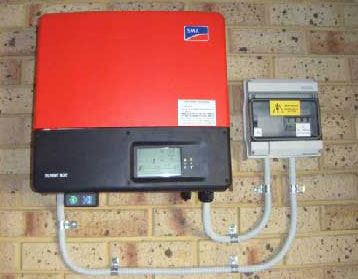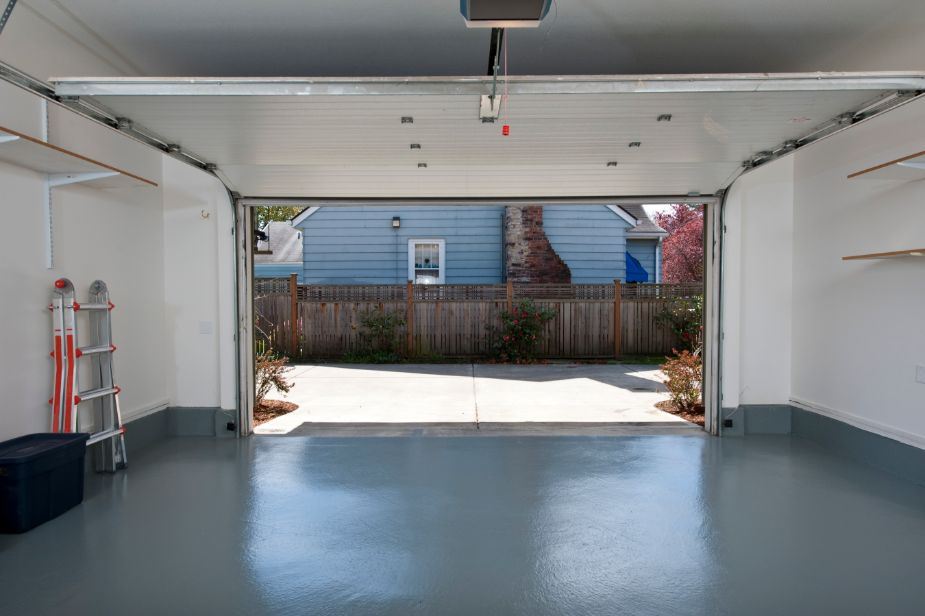
When installing a solar PV system most people are focused on the positioning of the panels, however the location of the inverter is just as important and can play a huge part in the energy production and lifespan of the system.
The inverter has the vital role of converting electricity generated by the solar panels from direct current (DC) to alternating current (AC), which is the electricity we use to run our appliances and households.
Converting this electricity requires the inverter to be constantly working hard which can put its components under strain and can cause overheating in some cases. When an inverter becomes overheated it’s efficiency can drastically drop, and its lifespan can be cut short. To avoid this happening, you will want to ensure you select a suitable location for your inverter to be installed.
Ideal Environment To Install An Inverter
To get the most out of your inverter and ensure it lives out it’s expected lifespan, you will want to install it in a shaded, cool and well-ventilated area. Usually an installer will recommend an indoor garage or if the inverter is rated as outdoor, a shaded verandah is acceptable if direct sunlight is not an issue.

Inverters can also be affected by other elements such as moisture and dust, so it is important to install the inverter away from areas of possible dampness or clutter.
In summary look for an environment where your inverter will be:
- Away from all-weather affects
- In an area with at least ½ foot free space on all sides of it
- Away from any sources of moisture or direct sunlight
- Easily accessible
Minimise Efficiency Loss
Second to avoiding the inverter becoming overheated or damaged by other elements, it is best practice to have the inverter installed as close as possible to your meter. Having your inverter installed close to the meter will reduce voltage drops and efficiency loss.
Warranties – Read The Fine Print
In addition to installing your inverter in a location where you’ll get the most out of it’s lifespan, you will also want to ensure you have read the fine print of your inverter’s warranty conditions and install in a location that meet the manufacturers requirements for warranty claims. These requirements may include location of the inverter (indoor/outdoor), ventilation, temperature of room/area installed etc. If these requirements are not met, then you will be unable to claim for a replacement or repair should anything happen to your inverter.









